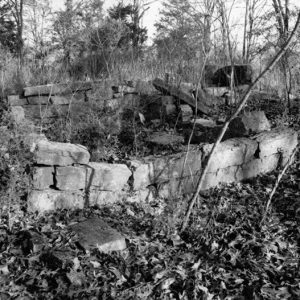 Norristown Cemetery
Norristown Cemetery
Entry Type: Place
 Norristown Cemetery
Norristown Cemetery
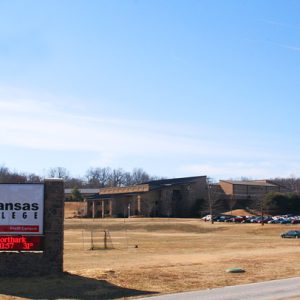 North Arkansas College
North Arkansas College
North Arkansas College (Northark)
North Fork River
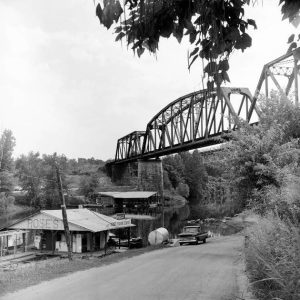 North Fork River Railroad Bridge
North Fork River Railroad Bridge
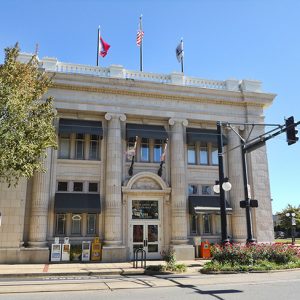 North Little Rock City Hall
North Little Rock City Hall
 North Little Rock City Hall Lobby
North Little Rock City Hall Lobby
North Little Rock (Pulaski County)
aka: Argenta (Pulaski County)
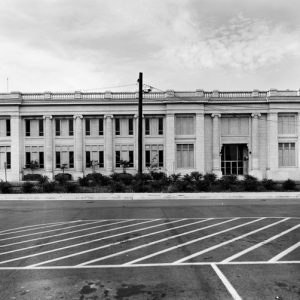 North Little Rock City Hall
North Little Rock City Hall
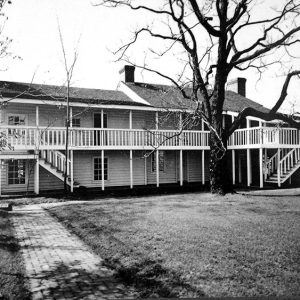 North Side
North Side
 North Wilson Vanadium Mine
North Wilson Vanadium Mine
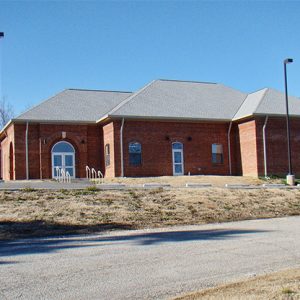 NEARA Building
NEARA Building
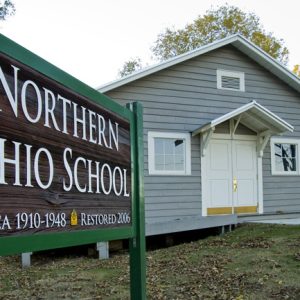 Northern Ohio School
Northern Ohio School
Northwest Arkansas National Airport (XNA)
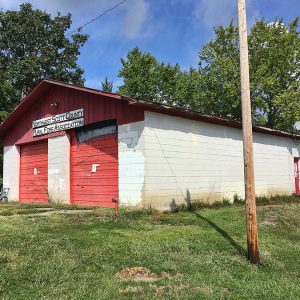 Northwest Scott County VFD
Northwest Scott County VFD
Norvell (Crittenden County)
O’Kean (Randolph County)
O’Neal (Independence County)
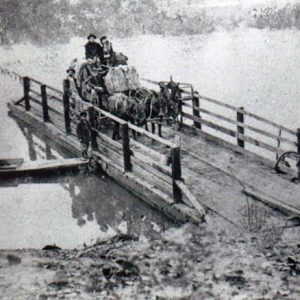 O'Neal Ferry
O'Neal Ferry
 Oak Bluff School
Oak Bluff School
Oak Bower (Hot Spring County)
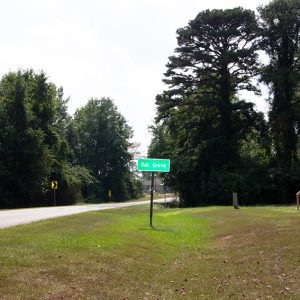 Oak Grove
Oak Grove
Oak Grove (Carroll County)
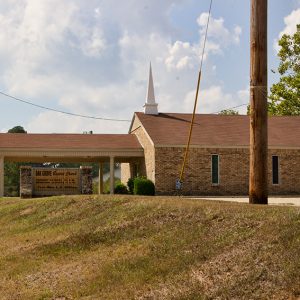 Oak Grove Baptist Church
Oak Grove Baptist Church
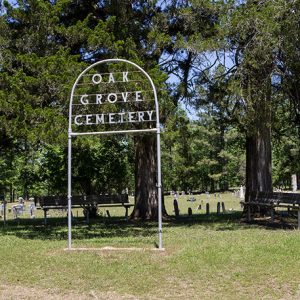 Oak Grove Cemetery
Oak Grove Cemetery
 Oak Grove Church
Oak Grove Church
 Oak Grove Church
Oak Grove Church
Oak Grove Heights (Greene County)
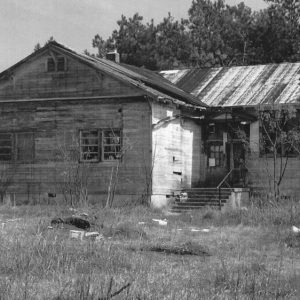 Oak Grove Rosenwald School
Oak Grove Rosenwald School
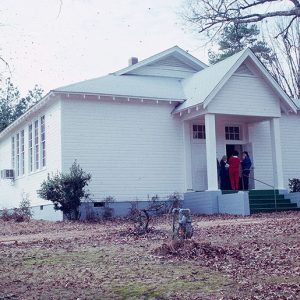 Oak Grove School
Oak Grove School
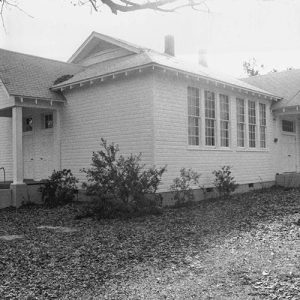 Oak Grove School
Oak Grove School
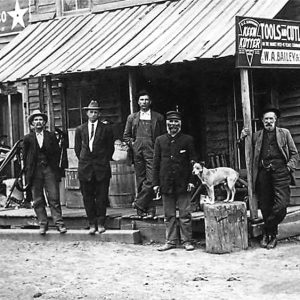 Oak Grove Store
Oak Grove Store
Oak Grove[s] (Clark County)
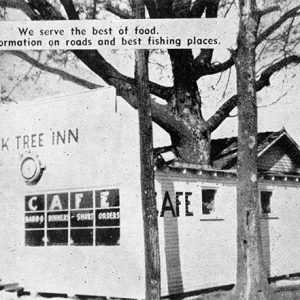 Oak Tree Inn
Oak Tree Inn
Oakhaven (Hempstead County)
Oakland (Marion County)
Oakland Cemetery
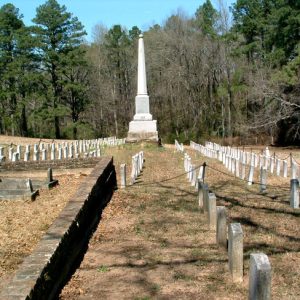 Oakland Cemetery
Oakland Cemetery
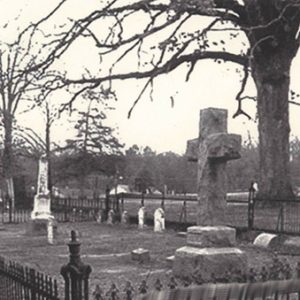 Oakland Cemetery
Oakland Cemetery
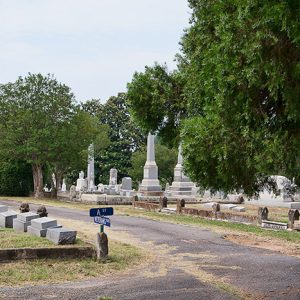 Oakland-Fraternal Cemetery
Oakland-Fraternal Cemetery
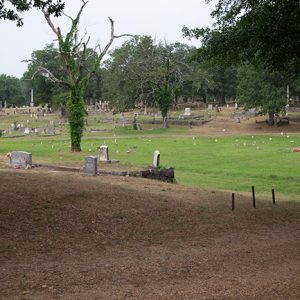 Oakland-Fraternal Cemetery
Oakland-Fraternal Cemetery
Oakland-Fraternal Cemetery
aka: Oakland & Fraternal Historic Cemetery Park
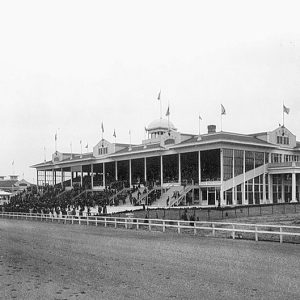 Oaklawn Park
Oaklawn Park
 Oaklawn Park; 1916
Oaklawn Park; 1916
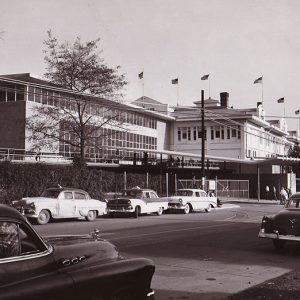 Oaklawn Entrance
Oaklawn Entrance
 Oaklawn Park Racetrack
Oaklawn Park Racetrack
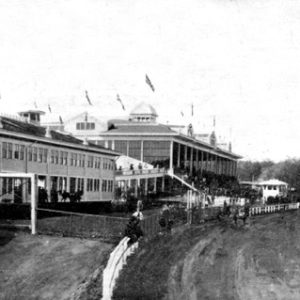 Oaklawn Racetrack
Oaklawn Racetrack
Oaklawn Racing Casino Resort
aka: Oaklawn Park Racetrack
aka: Oaklawn Jockey Club
aka: Oaklawn Racing and Gaming
 Oaks Cemetery
Oaks Cemetery
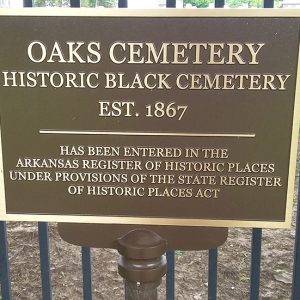 Oaks Cemetery Plaque
Oaks Cemetery Plaque




